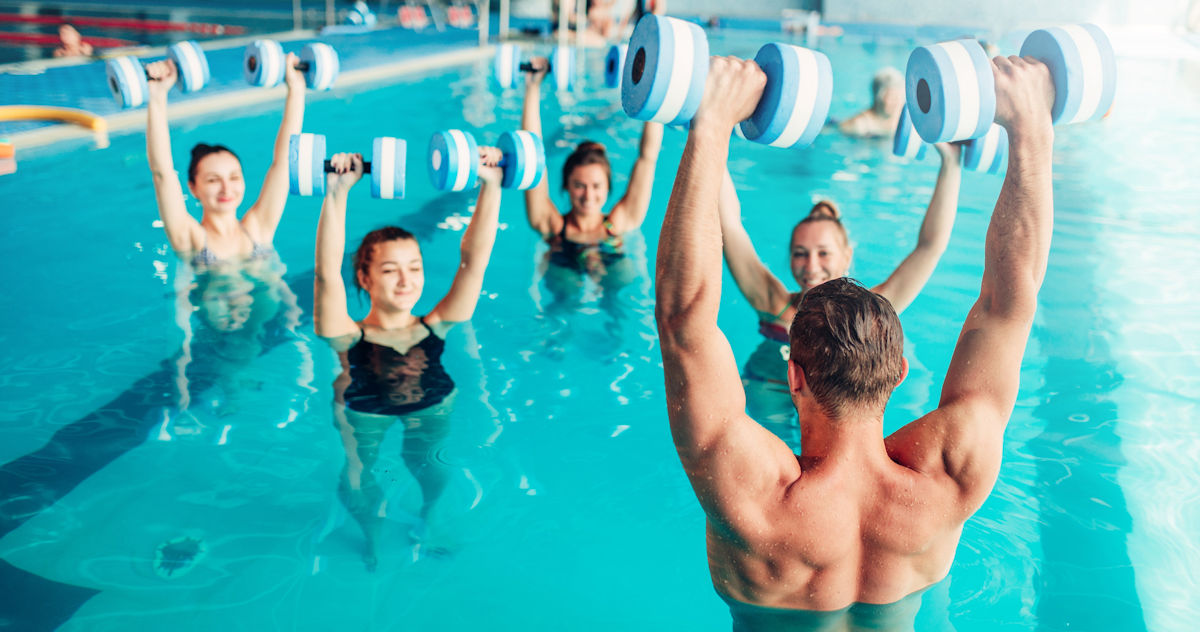IFA Aqua Fitness Instructor Certification Exam
Purpose: This exam is for certification as an Aqua Fitness Instructor.
Instructions: You must download and read Fitness ABCs before taking this exam. When you feel you're ready, complete this information form and the exam below. Press the submit button when you're done. Your score must be 70% or greater in order to pass. There are no "trick" questions. Exam results are returned immediately.
Once you receive a passing grade, you will be able to pay on the results page of this exam by Credit Card using a secure server to receive your certification card and certificate. Your name will be printed on the certification card exactly as you type it. So, please observe proper case and enter your legal name.

|
You can move through the test faster using the TAB key to go forward (SHIFT TAB for backward) and space bar to mark the answer.
If you've recently taken the exam within the past year and have not yet paid, you do not need to retake this exam and you may activate your certification now by paying here. Your two-year certification period will begin on the date of payment. Also we recommend completing the Personal Trainer Course as well.
If you lose your internet connection, continue to take the exam. When you are done, pressing the "Submit Exam for Grading" button below will automatically reconnect you and grade the exam.
All information is required. You will NOT be put on a mailing list.

